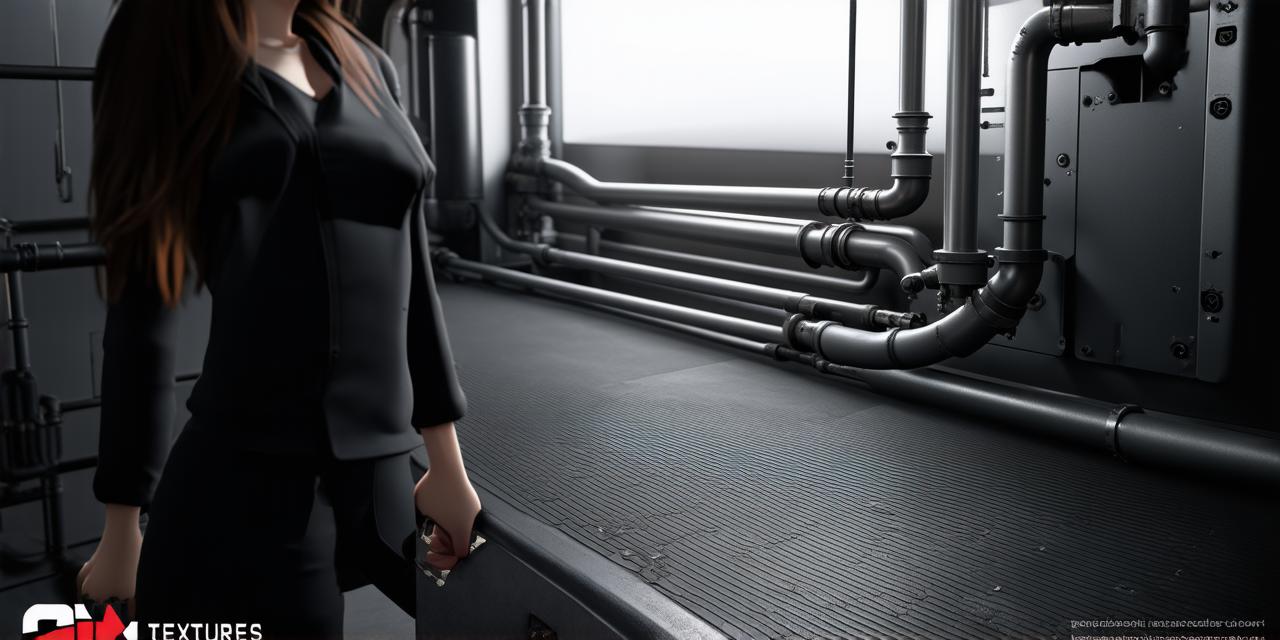Creating a 3D Character in Unity
Creating a 3D character in Unity can be an exciting and challenging task for both beginners and experienced developers. In this article, we will walk through the process of adding a 3D character to your Unity project step by step.
Step 1: Choose Your Character Model
Before we begin, it’s important to have a basic understanding of Unity and the concept of 3D modeling. If you are new to Unity or 3D modeling, I would recommend taking some time to learn the basics before continuing with this guide.
The first step in adding a 3D character to your Unity project is to choose a model. There are many sources for 3D models online, including websites like TurboSquid and Sketchfab. You can also create your own 3D models using software like Blender or Maya.
Once you have chosen your character model, you will need to download it in a format that Unity can read, such as FBX or OBJ.
Step 2: Import the Model into Unity
To import your 3D model into Unity, go to Assets > Import Package > Custom Package. In the package window, select your downloaded file and click Open.
Unity will then import the model into your project. You can preview the model in the Hierarchy view by double-clicking on it.
Step 3: Set Up the Model’s Animations
Animations are an important part of any 3D character. To set up animations for your character, go to Animation > Create > Animation Clip. In the Animation window, click on the character model in the Hierarchy view and drag it onto the Animation window.
From here, you can create animations for your character by setting keyframes and adding transitions between them. You can also add sound effects and other audio to your animations.
Step 4: Set Up the Character’s Materials
Materials are used to give your character a visual appearance. To set up materials for your character, go to Assets > Create > Material. In the Material window, you can create different materials for different parts of your character, such as the skin, hair, and clothing.
You can also adjust the color, texture, and other properties of your materials to make your character look more realistic.
Step 5: Set Up the Character’s Physics
Physics is used to simulate the behavior of objects in your scene. To set up physics for your character, go to Physics > Rigidbody. In the Rigidbody window, you can add a rigidbody component to your character model and adjust its properties, such as mass and gravity.
You can also add other physics components to your character, such as colliders and constraints, to make it move and interact with other objects in your scene.
Step 6: Position and Rotate the Character
The final step is to position and rotate your character in the scene. You can do this by selecting the character model in the Hierarchy view and using the Transform tools to move and rotate it.
You can also use keyframes to animate your character’s movement and rotation over time.
Conclusion
Adding a 3D character to your Unity project can be a fun and rewarding experience. By following these steps, you can create a realistic and interactive character that will bring your scene to life.
